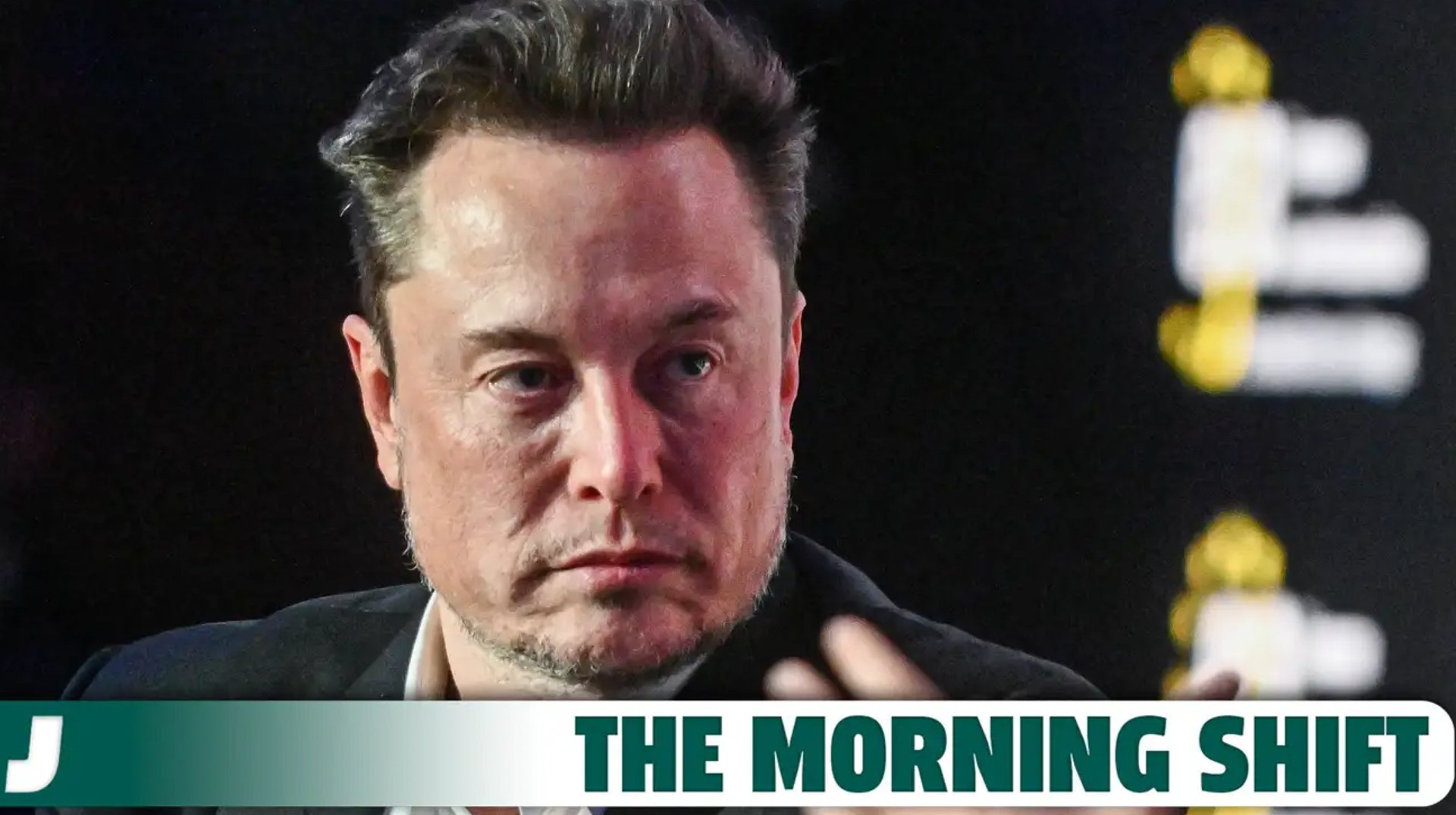Tesla's robotaxi was supposed to come out today
Back in April, CEO Elon Musk said the long-awaited Tesla robotaxi would be officially unveiled on Aug. 8

In a parallel universe, today is Tesla Robotaxi release day. Unfortunately for the automaker’s stans, that is not the world we live in. Back in April, CEO Elon Musk said the long-awaited Tesla Robotaxi would be officially unveiled today, August 8. Welp, that’s not happening, and that announcement from Musk is looking more and more like a way to get the automaker’s stock out of a rut.
Suggested Reading
Recently, Musk changed the date to October 10, saying he wanted to make some changes to the vehicle before it was unveiled. He apparently ordered the design alterations last month, and his team working on it needed more time to build additional prototypes. From Bloomberg:
Related Content
The delay was a big letdown because the event had served as a shiny object to distract from Tesla’s declining sales. The diversionary tactic was wildly successful — over an 11-week stretch beginning in April, Tesla added $386 billion of market capitalization.
Over the past month, Tesla has coughed up much of those gains. The slight delay in timing of the robotaxi unveiling didn’t help, but the more important issue is the substance of the eventual event. Recent developments suggest it will be nothing more than a promotional spectacle, and that Tesla is endangering motorists by letting customers test out its technology with laxer safety controls.
One indicator of how close Tesla is to putting robotaxis on the road is Full Self-Driving, the company’s misleadingly named driver-assistance system that doesn’t actually make its vehicles autonomous.
The system known as FSD gets endlessly hyped by Musk and his fans on X, but it doesn’t exactly have a sterling reputation on Wall Street. Alexander Potter, a bullish equity analyst at Piper Sandler, alluded to this in a July 28 report titled: “Tesla May Have Solved the Self-Driving Puzzle. Don’t Roll Your Eyes.”
“We think investors have grown accustomed to ignoring Tesla’s hyperbole. And we get it,” Potter wrote. “After all, Elon Musk has been over-promising since 2017. There have been 90+ updates to the FSD system in the last four years, and fully autonomous Teslas still don’t exist. Why should the latest FSD update be any different?”
Well, Potter wrote, Tesla’s latest version of FSD appeared to be “revolutionary” based on user reviews he’d seen on X. In a follow-up report issued three days later, Potter said that several of his clients doubted whether social media posts were reliable, so he pointed them to a crowd-sourced dataset called the FSD Community Tracker.
Tesla owners have submitted over 167,000 miles worth of driving to this tracker, and sure, that sounds like a lot, but one of Musk’s right-hand people posted on social media that over 1.6 billion miles had been driven with FSD so far. That means the submitted and tracked miles are just a tiny sliver of data in the bigger picture.
In the absence of Tesla publicly reporting detailed data along the lines of what the FSD Community Tracker attempts to gather and present, other Wall Street analysts have taken a different approach to gauging the company’s progress toward self-driving.
William Stein of Truist Securities took FSD for test drives in April and July. The analyst, who has a hold rating on Tesla’s stock, summed up his first experience as “good, but not useful today,” then deemed his second go-round as “no better, arguably worse.” In fact, the Model Y he borrowed from a Tesla showroom in suburban New York City almost rear-ended another car at a busy intersection.
That wasn’t the only aspect of Stein’s July 29 report that was troubling. He wrote that, during his test drive last month, a safety feature seemed to have been removed — he was no longer required to tug on the steering wheel, even once, to keep FSD engaged.
While Tesla warns customers that FSD is intended for use by fully attentive drivers who keep their hands on the wheel, actually enforcing this hasn’t been the company’s strong suit. The US National Highway Traffic Safety Administration deemed its driver-monitoring system “weak” when it launched an investigation back in May into whether Tesla’s remedy for 2 million vehicles recalled late last year did enough to keep customers from misusing its driver-assistance features.
While the Model Y that Stein drove didn’t seem to be keeping tabs on if he was touching the steering wheel, Tesla also employs an in-car camera to track whether drivers are paying attention. The trouble is, Stein said Tesla’s monitoring system was also lenient in this regard. He wrote that he turned his head completely away from the road, and the car continued for around 20 to 40 seconds before warning him to pay attention.
“I mean, my head was completely turned away, I was looking in the back seat,” Stein said last week on Bloomberg Television. “Luckily, I was able to do this because I brought my son with me, and I said ‘Hey, tell me if there’s anything dangerous about to happen.’”
When Stein returned the Model Y to Tesla’s showroom, an associate told him that he had just experienced “demo mode,” which allows drivers unfamiliar with FSD the opportunity to test out the system without as many warnings that they need to pay attention.
It’s hard to see a world in which this so-called Robotaxi is actually released on October 10, especially since Tesla’s FSD tech just is not there yet. I’m sure to many of Musk’s fans, this will not matter, but just don’t be surprised when we see that October 10 deadline come and go, just like August 8.
